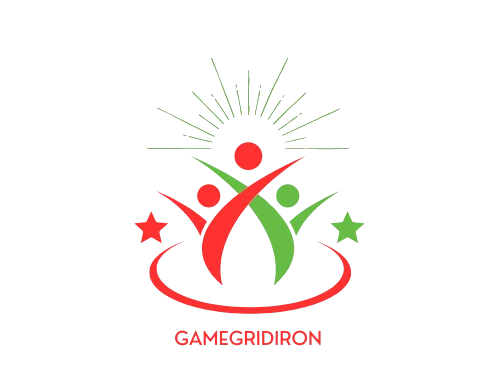Presentation
In our interconnected world, organizing exercises across various time regions is pivotal for business, travel, and correspondence. The World Time Region Guide gives a precise method for overseeing and figure out time contrasts across the globe. This article World Time Zone map investigates the World Time Region Guide, enumerating its construction, importance, and pragmatic applications to assist with exploring the intricacies of worldwide using time productively.
Construction of the World Time Region Guide
The World Time Region Guide separates the Earth into 24 time regions, each covering 15 levels of longitude. These time regions depend on Composed General Time (UTC), recently known as Greenwich Mean Time (GMT). The guide normalizes timekeeping across various districts, empowering consistent worldwide collaboration.
UTC±0: The reference time region, which incorporates nations like the Unified Realm, Portugal, and portions of West Africa. This zone is utilized as a gauge for computing time contrasts.
Time Regions from UTC+1 to UTC+12: These zones cover different areas across Europe, Africa, and Asia. For instance:
UTC+1: Incorporates nations like France and Germany.
UTC+8: Incorporates locales like China, Malaysia, and Western Australia.
Time Regions from UTC-1 to UTC-12: These zones incorporate pieces of the Americas and the Pacific Islands. For example:
UTC-3: Covers nations like Argentina and Uruguay.
UTC-8: Applies toward the western shore of the US and Canada.
Worldwide Date Line (IDL): Situated at roughly 180 degrees longitude, the IDL isolates UTC+14 from UTC-12. Crossing the IDL shifts the schedule date forward or in reverse by one day.
Light Saving Time (DST)
Light Saving Time (DST) is seen in numerous areas to advance sunlight utilization during the more extended long periods of summer. DST includes changing tickers forward by one hour in the spring and impairing them in the fall.
Northern Half of the globe: Commonly notices DST from the subsequent Sunday in Spring to the primary Sunday in November. Nations like the US, Canada, and most European countries follow this timetable.
Southern Side of the equator: DST normally runs from October to April in nations like Australia, New Zealand, and portions of South America.
Non-DST Locales: A few nations, including Japan, China, and most African countries, don’t notice DST, keeping up with predictable time all year.
Significance of the World Time Region Guide
Worldwide Coordination: The World Time Region Guide is fundamental for booking global conferences, meetings, and occasions. It guarantees that members across different time regions can facilitate their timetables successfully.
Travel Arranging: For voyagers, understanding time region contrasts is vital to overseeing flight agendas, changing timetables, and decreasing plane slack. Precise time data helps in arranging outings and making changes smoother.
Correspondence: Overseeing interchanges across various time regions requires information on time contrasts to guarantee opportune reactions. It helps in planning messages, calls, and virtual gatherings at fitting times.
Media and Broadcasting: The media business depends on the World Time Region Guide to universally plan and broadcast programming. Appropriate booking guarantees that content contacts crowds at ideal times, augmenting viewership.
Monetary Activities: Monetary business sectors and worldwide organizations rely upon exact using time productively to synchronize exchanging hours and functional timetables across different time regions. Viable time region coordination upholds efficiency and functional proficiency.
Pragmatic Ways to explore the World Time Region Guide
Use Time Region Transformation Devices: Online converters and cell phone applications can help rapidly ascertain time contrasts between areas. These devices work on booking for global gatherings and occasions.
Know about DST Changes: Track Light Saving Time changes to guarantee precise time computations. Numerous advanced schedules naturally adapt to DST, yet it’s useful to confirm and refresh plans.
Determine Time Regions Plainly: While booking gatherings or occasions, consistently demonstrate the time region to stay away from disarray. Utilize standard shortenings like PST (Pacific Standard Time), CET (Focal European Time), or JST (Japan Standard Time) and note whether DST is active.
Plan for Movement: While voyaging globally, utilize world clock applications to monitor different time regions. Change your agenda to oblige neighborhood times and limit stream slack.
Remain Informed: Consistently check time region data, particularly in the event that you connect with worldwide clients or partners. Remaining refreshed keeps up with compelling correspondence and coordination.
End
The World Time Region Guide is a fundamental asset for overseeing time across the globe. By grasping its design and applying useful procedures for exploring time contrasts, people and associations can upgrade their worldwide coordination, travel arranging, and correspondence. Whether putting together global occasions, booking cross-line gatherings, or arranging abroad travel, a reasonable handle of time regions guarantees smooth and proficient tasks in our interconnected world.
